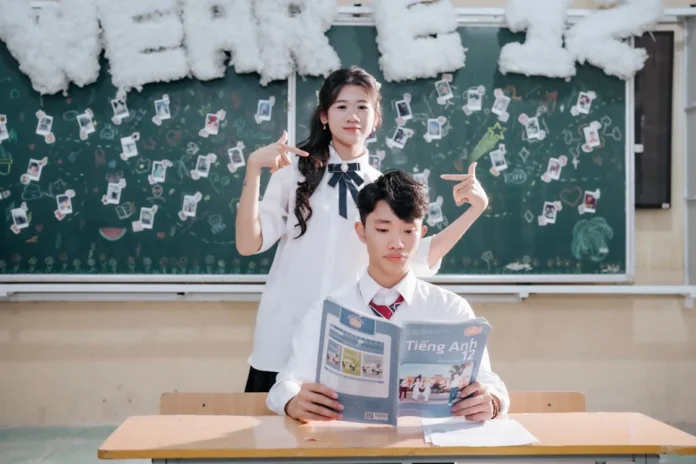Introduction
Education is the cornerstone of progress, shaping minds and empowering individuals to navigate an ever-evolving world. However, traditional learning systems often struggle to keep pace with rapid technological advancements and changing societal needs. Enter Spear Education a dynamic approach that redefines how knowledge is acquired, applied, and mastered. By integrating innovation, adaptability, and personalized learning, Spear Education aims to equip learners with the skills they need to thrive in the modern era.
Headings and Explanations
1. The Need for Spear Education in Today’s World
The world is changing at an unprecedented rate, with automation, artificial intelligence, and globalization reshaping industries. Traditional education systems, often rigid and outdated, fail to prepare students for these challenges. Spear Education addresses this gap by fostering critical thinking, creativity, and problem-solving skills, ensuring learners are not just knowledgeable but also adaptable.
2. Core Principles of Spear Education
Spear Education is built on key principles such as personalized learning, experiential education, and technology integration. Unlike one-size-fits-all models, it tailors learning experiences to individual strengths and interests. Hands-on projects, real-world applications, and digital tools enhance engagement and retention, making education more effective and relevant.
3. The Role of Technology in Spear Education
From AI-driven tutoring systems to virtual reality classrooms, technology plays a pivotal role in Spear Education. Digital platforms enable self-paced learning, instant feedback, and global collaboration, breaking geographical and financial barriers. This tech-enhanced approach ensures that education is accessible, interactive, and aligned with future workforce demands.
4. Spear Education vs. Traditional Learning Models
While traditional education emphasizes memorization and standardized testing focuses on skill mastery and practical application. It encourages curiosity, experimentation, and interdisciplinary learning, moving away from rigid curricula. This shift prepares students for real-life challenges rather than just academic assessments.
5. Implementing Spear Education in Schools and Workplaces
Adopting Spear Educations requires systemic changes—training educators in modern pedagogies, redesigning curricula, and integrating digital infrastructure. Companies can also leverage this approach for employee upskilling, fostering a culture of continuous learning. Successful implementation hinges on collaboration between policymakers, institutions, and tech innovators.
6. The Future of Learning with Spear Education
As automation and digital transformation accelerate, the demand for agile, lifelong learners will grow. Spear Education is not just a trend but a necessity, shaping a future where education is flexible, inclusive, and aligned with global advancements. By embracing this model, we can unlock human potential and drive societal progress.
Conclusion
Spear Education represents a paradigm shift in how we perceive learning—moving from passive absorption to active mastery. By prioritizing adaptability, technology, and real-world relevance, it equips individuals with the tools to succeed in an unpredictable future. The journey toward transformative education begins now, and is leading the way.


